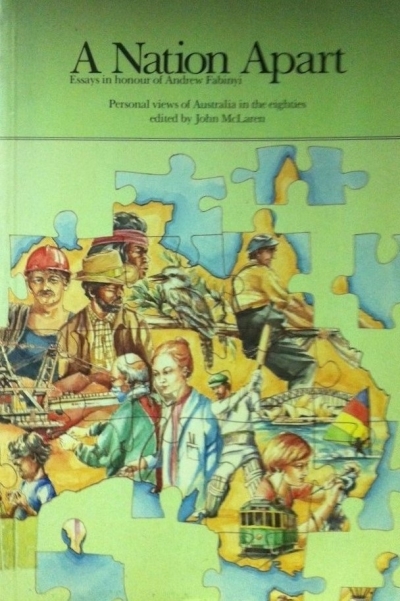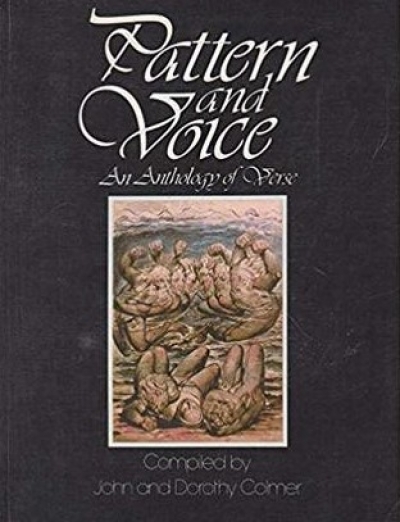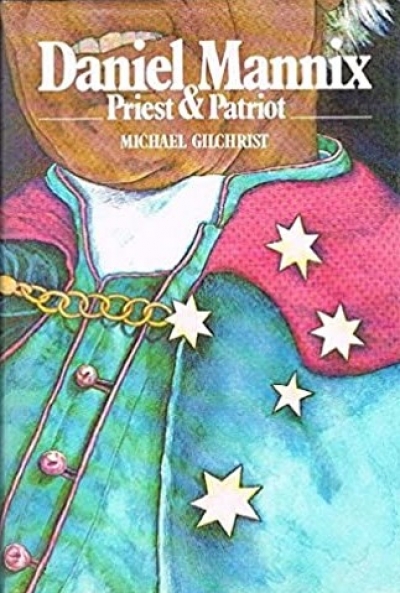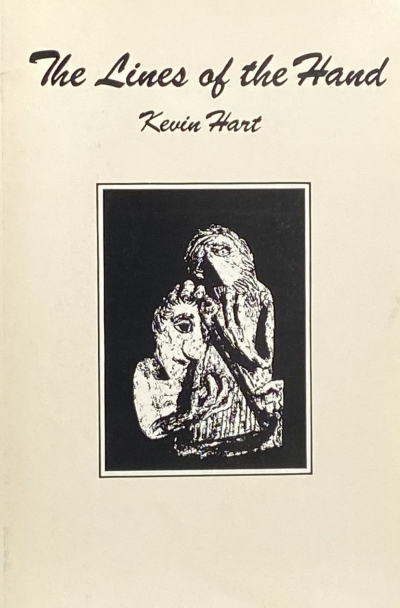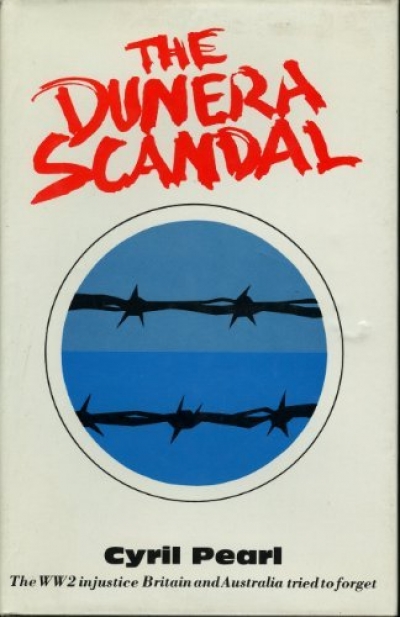Archive
The portrait likely to emerge in this article will be more that of a trend in Australian literature than of a writer named Frank Hardy.
Most people know a good deal about Frank Hardy, the writer and the man, little or nothing is known about the social forces which created him or his part in the ideological struggle which has characterised Australian literature for 100 years.
100 years? He’s not that bloody old, surely!
But I did know Mary Gilmore well and Henry Lawson’s widow, Bertha, and the first writer I tried to model myself upon was Lawson, especially his early writings about the great economic depression – 1888–93 (‘Faces in the Street’, ‘Arvie Aspinall’s Alarm clock’, etc.).
... (read more)There have been important publications in each of the fields of literary criticism, memoirs and biography, and history in New Zealand during the last few years. In a brief survey it is hardly possible to cover the field entirely; what I can do is to indicate what I take to be the important titles in each of these areas.
... (read more)The art of poetry is alive and well in New Zealand in the 1980s. In spite of the economic recession which has decimated literary journals and made the publication of poetry more than ever a dubious commercial proposition, in terms of both quality and quantity New Zealand poetry has probably never been stronger. There are a number of factors contributing to this situation. One is that, leaving aside isolated colonial precursors, poetry as a continuous history in New Zealand is a relatively recent affair going back only fifty or sixty years. Consequently, the stream has become broader and deeper with each passing decade, and yet the beginnings of the tradition are still (as it were) concurrent through the survival and continued activity of poets such as Allen Curnow, now in his seventies, who published his first book fifty years ago. There are in the 1980s poets active from every subsequent generation which has fed into the stream: poets from the 1940s (Louis Johnson, Kendrick Smithyman, Alistair Campbell), poets from the 1950s (Ruth Dallas, W.H. Oliver, C.K. Stead), poets from the 1960s (Vincent O’Sullivan, Hone Tuwhare. Michael Jackson), poets from the 1970s (Sam Hunt, Bill Manhire, Ian Wedde), and finally poets who have emerged within the last few years (Meg Campbell, Keri Hulme, Cilla McQueen), to mention only representative names.
... (read more)The house of fiction in New Zealand, neither a large not crowded dwelling at the best of times, has emptied somewhat dismayingly over the past year or two with the deaths in rapid succession of four highly respected long-term tenants: Ngaio Marsh, John A. Lee, Frank Sargeson, and M.K. Joseph, the first three of whom have been in residence for almost fifty years.
... (read more)Oxford University Press has begun a welcome series called Australian Writers. Two further titles, Imre Salusinszky on Gerald Murnane and Ivor Indyk on David Malouf, will appear in March next year and eleven more books are in preparation. Though I find the first three uneven in quality, they make a very promising start to a series. In some ways they resemble Oliver and Boyd’s excellent series, Writers and Critics, even being of about the same length. However this new series is less elementary, more demanding of the reader. It is, predictably, far sparser in critical evaluation, concentrating on hermeneutics, and biographical information is as rare as a wombat waltz.
... (read more)
